Many household products we use daily contain chemicals that can accumulate in our living spaces, leading to long-term health concerns. While some of these toxins are introduced through cleaning supplies, others come from personal care products, furniture, or even everyday kitchenware. Over time, exposure to these substances can contribute to respiratory issues, skin irritation, and other health complications. Understanding which products to watch out for can help reduce toxic buildup and create a healthier home environment.
1. Air Fresheners and Scented Candles
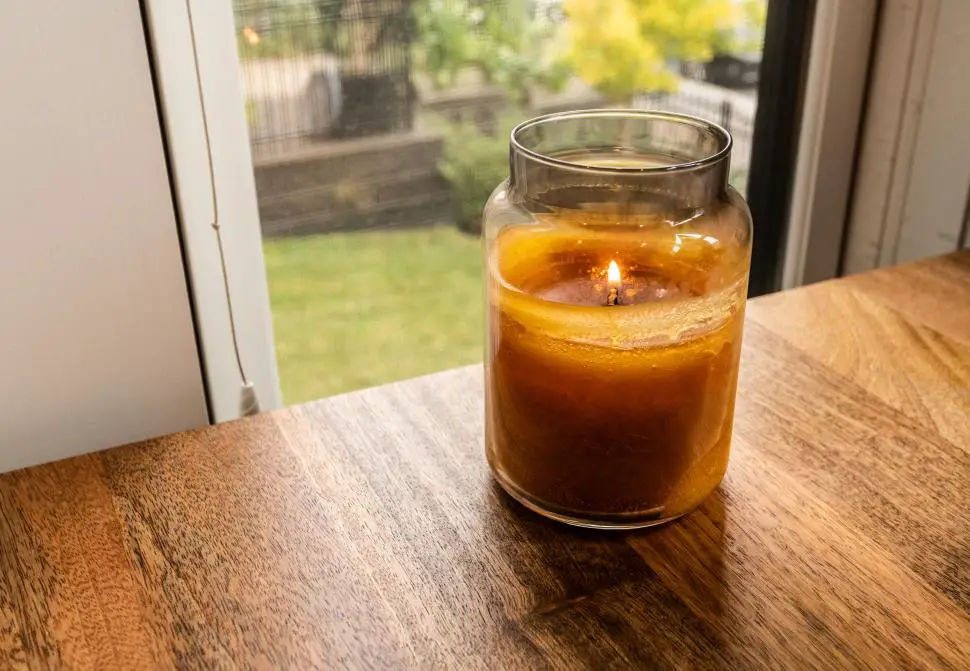
Many store-bought air fresheners and scented candles contain synthetic fragrances that release harmful chemicals into the air. According to the Environmental Protection Agency (EPA), these products often emit volatile organic compounds (VOCs) such as formaldehyde and benzene, which contribute to indoor air pollution. Prolonged exposure to these chemicals can lead to respiratory issues and other long-term health problems like asthma and headaches. These toxins build up over time, making it more difficult to keep your indoor air clean and healthy.
To mitigate these risks, it is recommended to use natural alternatives like essential oil diffusers or beeswax candles. Ventilation is key to improving air quality, and incorporating houseplants that purify the air can further help reduce indoor toxins. By making simple changes, you can enjoy a pleasant atmosphere in your home without exposing yourself to harmful chemicals.
2. Non-Stick Cookware
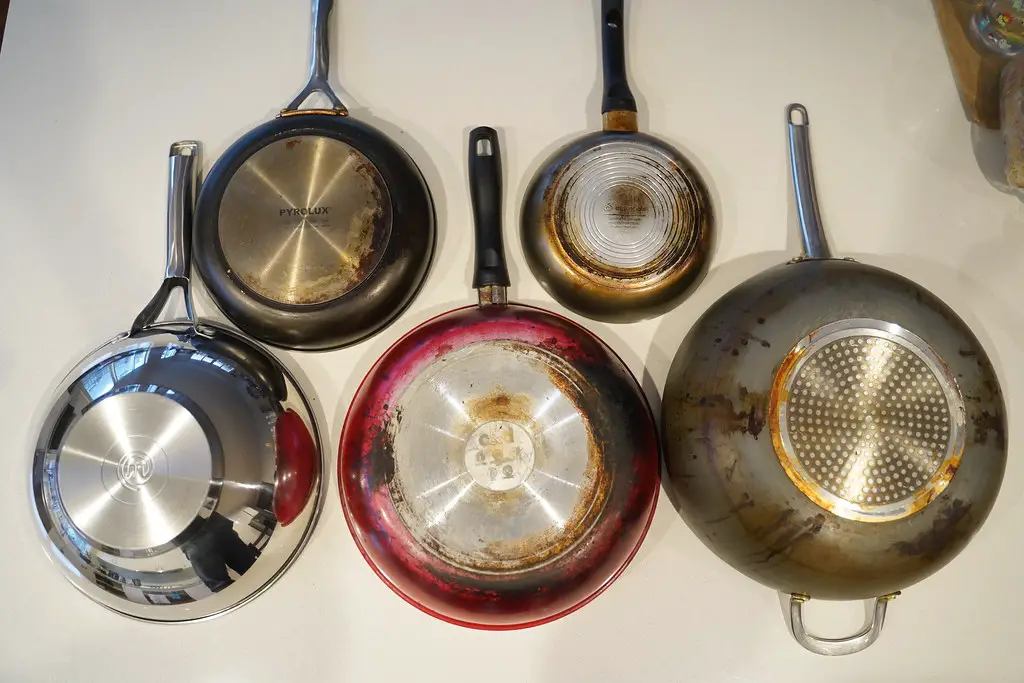
Non-stick cookware can pose health risks due to the chemicals used in its coating. Many non-stick pans contain perfluorinated compounds (PFCs) such as perfluorooctanoic acid (PFOA), which can break down into toxic fumes when heated to high temperatures. According to the Environmental Working Group (EWG), these chemicals have been linked to cancer, liver damage, and other serious health issues. Cooking with non-stick pans over high heat can release these chemicals into the air, potentially affecting your health over time.
Switching to safer alternatives like stainless steel, cast iron, or ceramic cookware can eliminate the risks associated with non-stick products. These materials are free from harmful chemicals and can last for many years without losing their effectiveness. By investing in high-quality cookware, you can ensure both your health and the safety of your household.
3. Cleaning Products
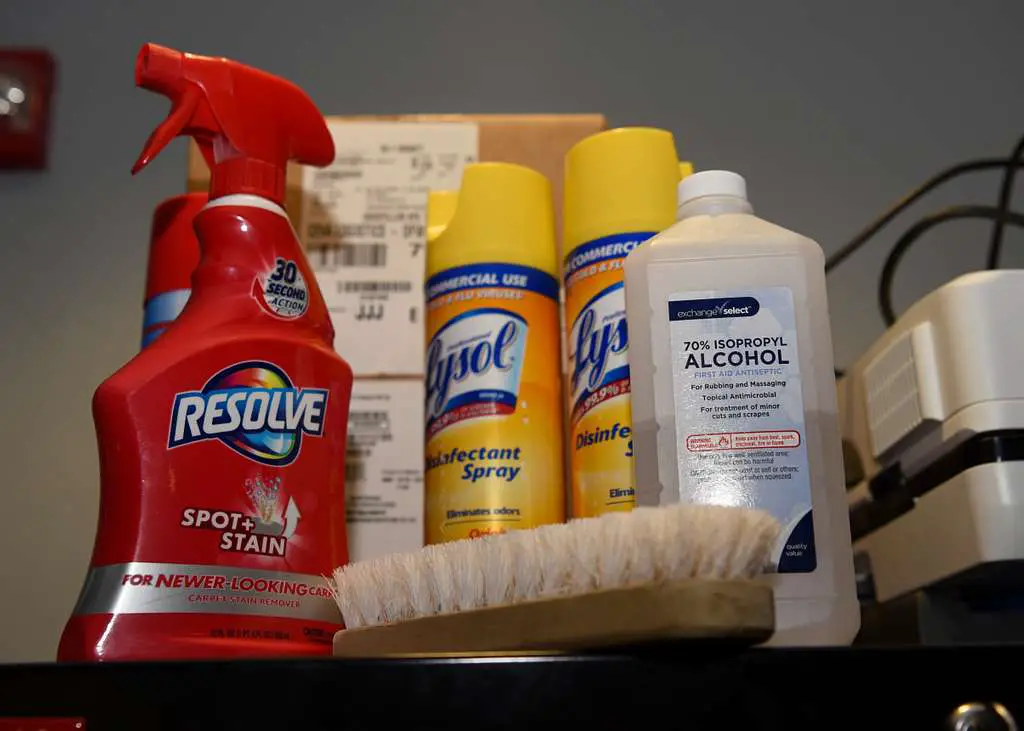
Many common household cleaning products contain harmful chemicals that can linger in your home and contribute to toxic buildup. As noted by Forbes, conventional cleaners often contain ingredients such as ammonia, chlorine bleach, and phthalates, which can irritate the skin, eyes, and respiratory system. Over time, these chemicals can accumulate on surfaces and in the air, increasing the risk of allergies, asthma, and even cancer with long-term exposure.
Switching to natural, non-toxic cleaning products can reduce the chemical load in your home. Products containing ingredients like vinegar, baking soda, and essential oils can be just as effective in cleaning without the harmful side effects. Additionally, using homemade or eco-friendly alternatives can contribute to a healthier home environment for you and your family.
4. Pesticides and Insecticides
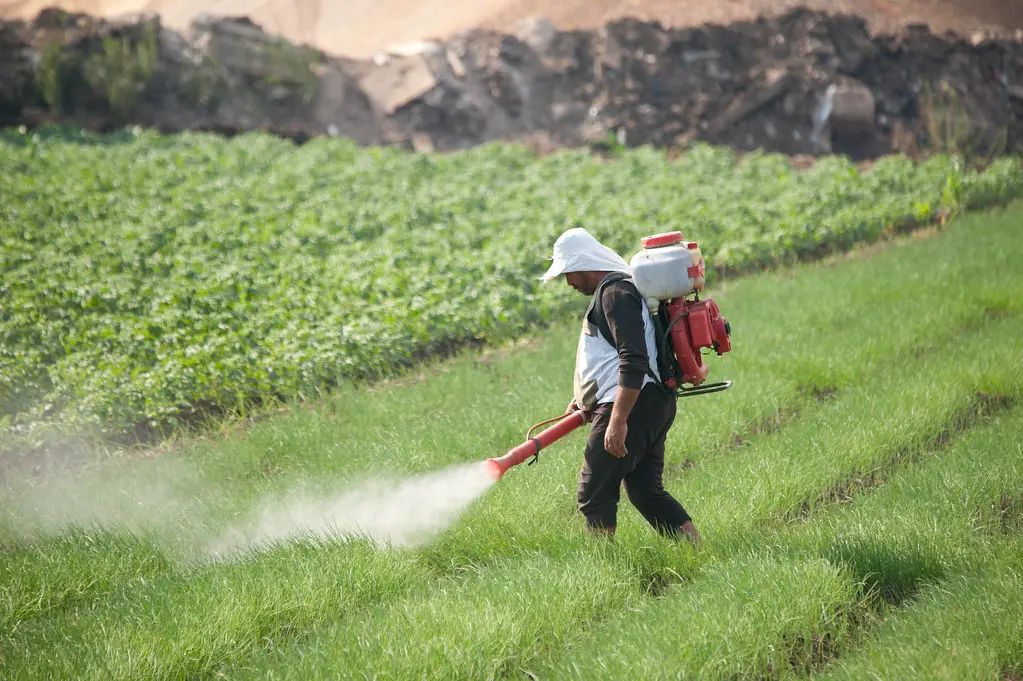
Pesticides and insecticides, while effective at controlling pests, can also accumulate in your home and create toxic buildup over time. The Environmental Protection Agency (EPA) warns that many pesticides contain chemicals that are harmful to humans and pets, especially if they are used improperly or in excessive amounts. These chemicals can linger in the environment and cause a variety of health issues, including headaches, dizziness, and long-term effects like cancer.
To minimize exposure, consider using natural pest control methods, such as diatomaceous earth, essential oils, or traps. Additionally, practicing good hygiene and sealing cracks and crevices in your home can help prevent infestations without the need for harmful chemicals. By taking a more eco-friendly approach to pest control, you can protect both your health and the environment.
5. Fabric Softeners and Dryer Sheets
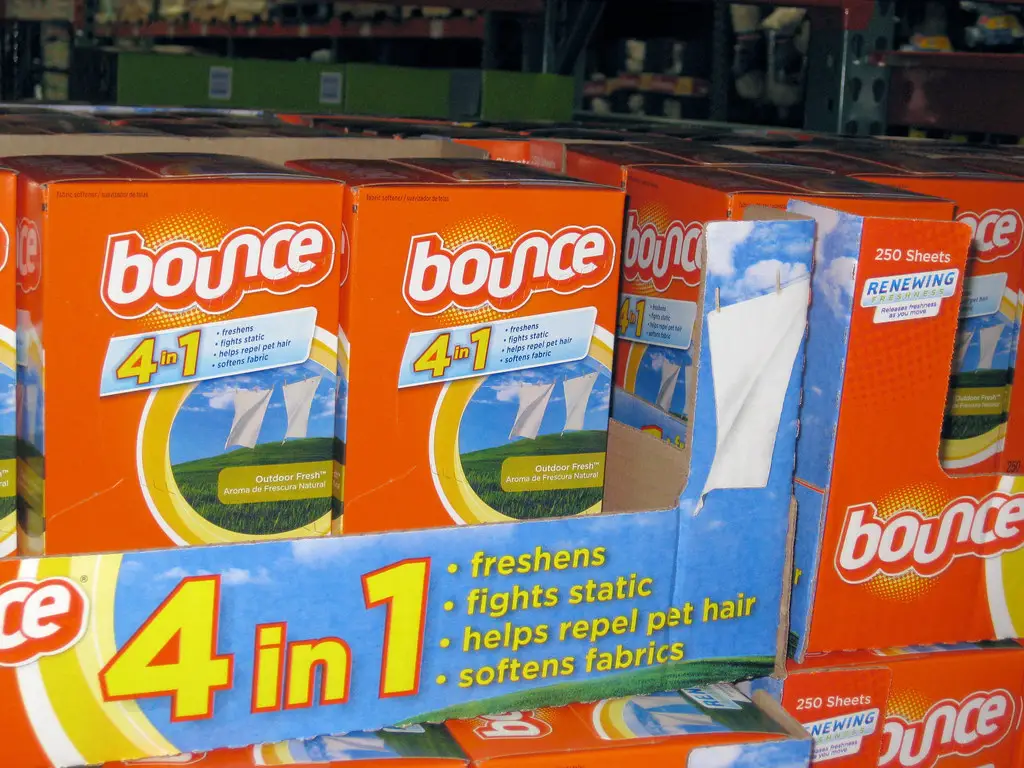
While fabric softeners and dryer sheets leave clothes feeling soft and smelling fresh, they also introduce synthetic fragrances and chemicals that cling to fabric. These chemicals can cause skin irritation and respiratory issues, especially for individuals with sensitivities. Over time, the buildup of these residues on clothing and bedding increases prolonged exposure.
Consider switching to wool dryer balls or fragrance-free fabric softeners made with natural ingredients. These alternatives help maintain softness without adding unnecessary toxins to your laundry routine. Not only do they reduce chemical exposure, but they also extend the lifespan of your clothing.
6. Carpets and Rugs

Many carpets and rugs, especially synthetic ones, are treated with flame retardants, stain repellents, and adhesives that off-gas VOCs over time. These chemicals can contribute to poor indoor air quality, causing headaches, dizziness, and long-term health effects. Even vacuuming may not completely remove embedded toxins, which can accumulate in household dust.
Choosing natural fiber rugs made from wool, cotton, or jute can significantly reduce chemical exposure. If replacing carpets isn’t an option, regular deep cleaning and using a HEPA-filter vacuum can help minimize toxin buildup. Taking these steps ensures a healthier living space with cleaner indoor air.
7. Mattresses and Upholstered Furniture

Many conventional mattresses and upholstered furniture contain flame retardants, formaldehyde, and adhesives that release harmful chemicals over time. Off-gassing from these materials can contribute to indoor air pollution and may be linked to respiratory issues and hormone disruption. Since we spend a significant portion of our lives sleeping, exposure to these toxins can be particularly concerning.
When purchasing new furniture, look for options made with organic materials, such as natural latex, organic cotton, or wool. If replacing an existing mattress isn’t possible, using a protective mattress cover can help limit direct exposure to off-gassing chemicals. These adjustments can improve sleep quality and overall health.
8. Personal Care Products
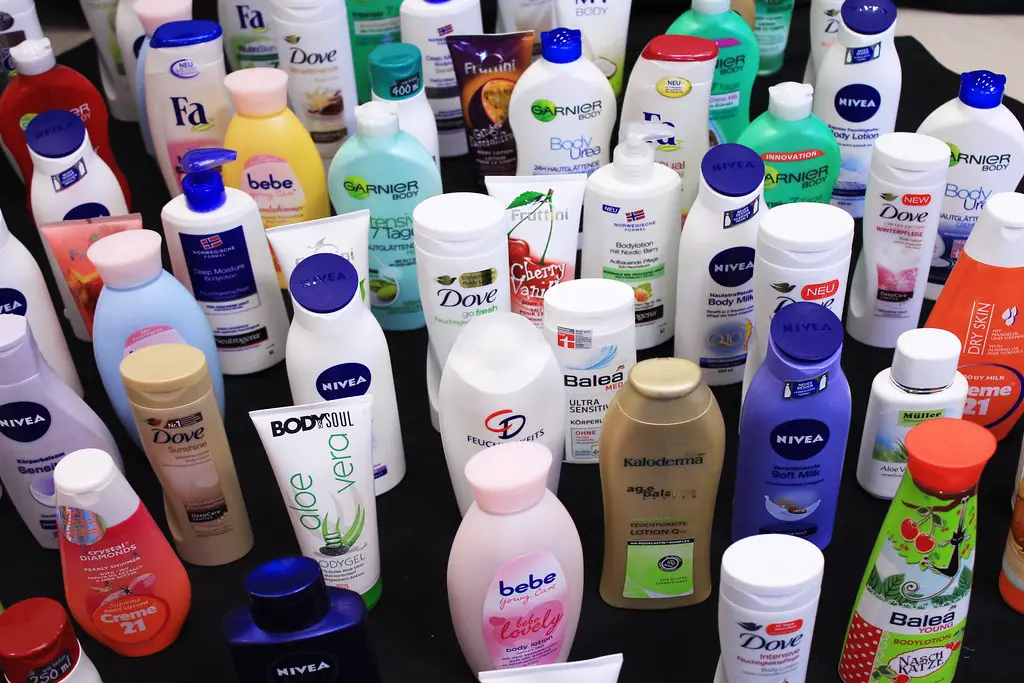
Many shampoos, lotions, and cosmetics contain parabens, phthalates, and synthetic fragrances, which can absorb into the skin and build up in the body over time. These chemicals are linked to hormone disruption, skin irritation, and potential long-term health risks. Daily use of these products increases cumulative exposure, making it essential to be mindful of ingredient lists.
Opt for personal care products with natural, non-toxic ingredients and fragrance-free formulations. Many brands now offer clean beauty options free from harmful chemicals. Being selective about the products you apply to your skin can greatly reduce overall toxin exposure.
9. Canned Foods
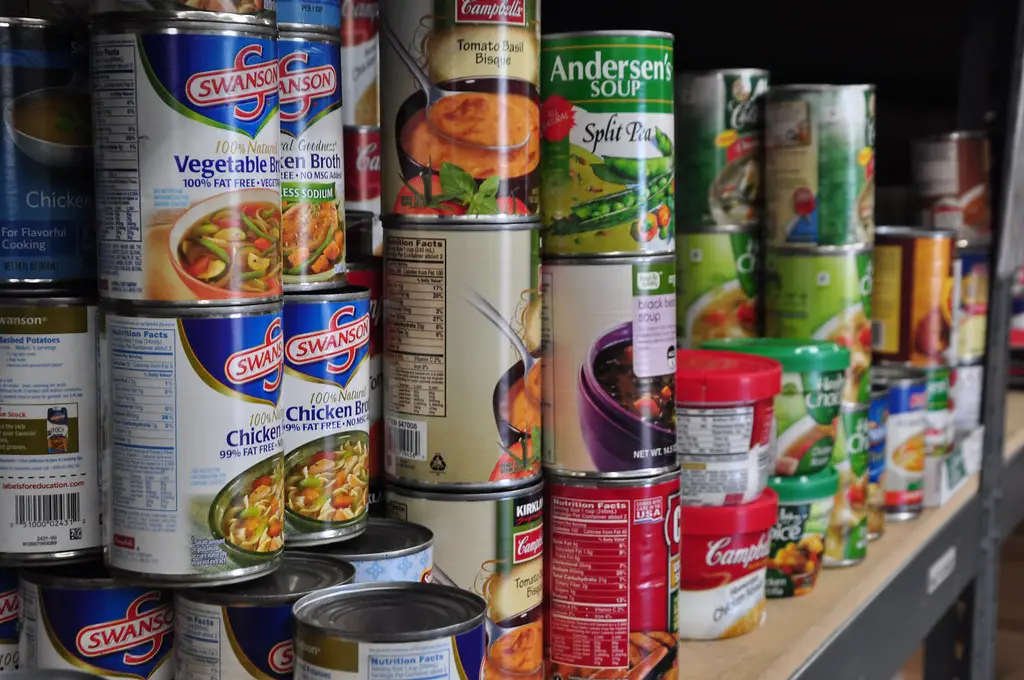
The linings of many canned food products contain BPA, which can leach into the food, especially when acidic ingredients are involved. BPA exposure has been linked to endocrine disruption, developmental issues, and increased risks of certain diseases. Consuming canned foods regularly can lead to cumulative buildup in the body.
To reduce exposure, choose BPA-free canned goods or opt for fresh and frozen alternatives. Glass jars are also a safer option for storing pantry staples. By making conscious food packaging choices, you can minimize toxin intake and prioritize long-term health.
10. Artificially Scented Laundry Detergents
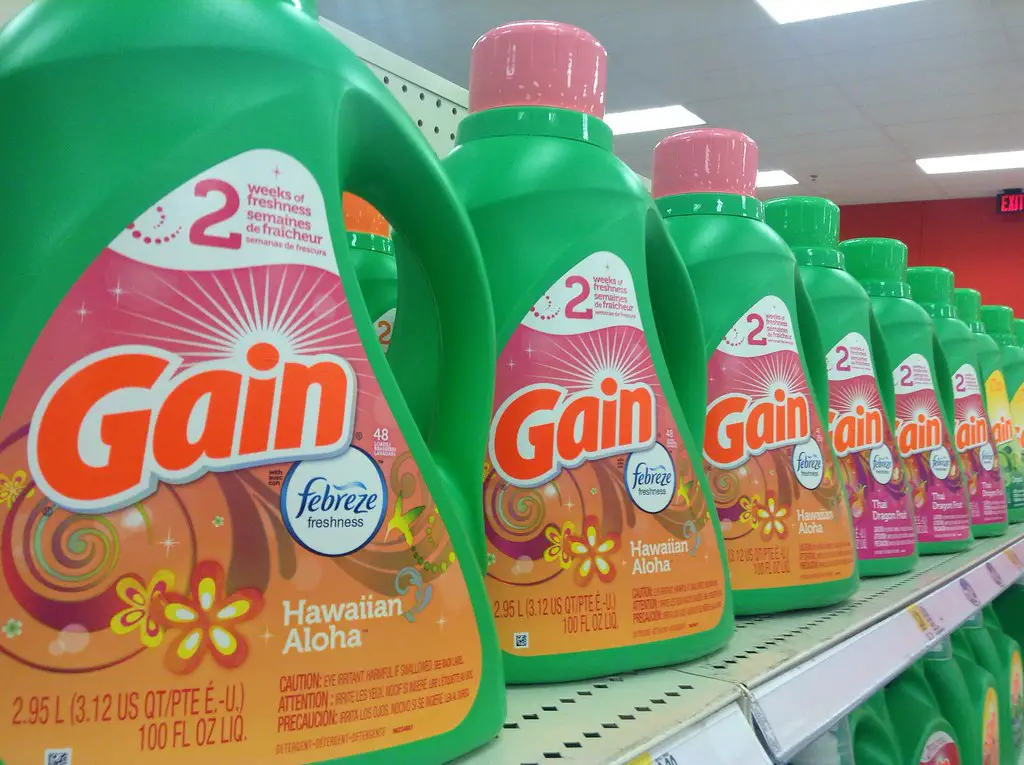
Conventional laundry detergents often contain synthetic fragrances, optical brighteners, and surfactants that leave chemical residues on clothing. These substances can irritate the skin, trigger allergies, and contribute to indoor air pollution. Since clothing is in constant contact with the skin, long-term exposure can lead to chronic irritation.
Switching to fragrance-free, plant-based detergents can help reduce the presence of these chemicals in your home. Many natural brands offer biodegradable formulas that are both effective and safer for sensitive skin. Small adjustments in laundry habits can lead to a healthier home environment.
11. Processed and Packaged Foods

Highly processed foods often contain artificial additives, preservatives, and food dyes that can contribute to toxic buildup. Many of these chemicals have been linked to behavioral changes, digestive issues, and long-term health concerns. Regular consumption of processed foods increases the body’s exposure to these synthetic compounds.
Choosing whole, organic foods whenever possible reduces exposure to artificial ingredients. Cooking from scratch using fresh ingredients not only supports better health but also minimizes the presence of hidden toxins in your diet.
12. Tap Water Contaminants

Unfiltered tap water can contain chlorine, heavy metals, and other pollutants that accumulate in the body over time. While municipal water is treated for safety, trace contaminants can still pose health risks with prolonged exposure.
Installing a high-quality water filter can help remove harmful substances and provide cleaner drinking water. Whether using a pitcher filter, faucet attachment, or whole-house system, filtering your water is a simple way to reduce long-term toxin buildup.
